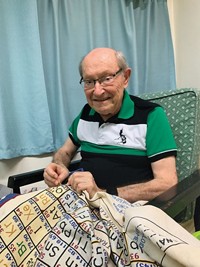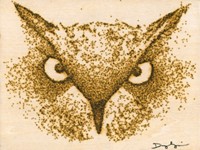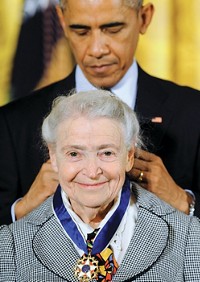Advertisement
Grab your lab coat. Let's get started
Welcome!
Welcome!
Create an account below to get 6 C&EN articles per month, receive newsletters and more - all free.
It seems this is your first time logging in online. Please enter the following information to continue.
As an ACS member you automatically get access to this site. All we need is few more details to create your reading experience.
Not you? Sign in with a different account.
Not you? Sign in with a different account.
ERROR 1
ERROR 1
ERROR 2
ERROR 2
ERROR 2
ERROR 2
ERROR 2
Password and Confirm password must match.
If you have an ACS member number, please enter it here so we can link this account to your membership. (optional)
ERROR 2
ACS values your privacy. By submitting your information, you are gaining access to C&EN and subscribing to our weekly newsletter. We use the information you provide to make your reading experience better, and we will never sell your data to third party members.
K-12 Education
Newscripts
Carbon-Inspired Playground, Nobel-Worthy Patio
by Linda Wang
December 10, 2012
| A version of this story appeared in
Volume 90, Issue 50

Forget the slide and swing set. Children visiting the Discovery Center Museum, in Rockford, Ill., can now frolic on chemistry-inspired playground equipment, including a model of a C60 buckyball molecule and a carbon nanotube.
“We built our equipment not only to exact molecular specification but to also hold up to the rigorous playground standards that the discovery center uses,” says Jim Maynard, lecture demonstrator in the chemistry department at the University of Wisconsin, Madison. Maynard conceived of and helped design the equipment along with Andrew Greenberg, codirector of outreach for the UW Madison Nanoscale Science & Engineering Center.
The museum’s spherical jungle gym, made of stainless steel and rubber-coated polyurethane balls, resembles a buckyball. And a large rope climb, made primarily of nylon netting, resembles a carbon nanotube.
Each piece of equipment is accompanied by a description, so parents can also benefit from the learning experience, says UW Madison chemistry professor John W. Moore, who oversaw the project. In addition, by scanning bar codes called QR codes with their smartphones, visitors will be taken to a website featuring games and activities to help children learn about carbon and its applications.
Designing the playground “was all basically on a whim,” Maynard says. “But I like kids and I like chemistry, so it seemed like a natural fit.”
“We hope the playground equipment is a hook that gets children interested in nanoscience,” Moore says. “There is no question that this is a fruitful frontier for science and engineering. It’s the shape of tomorrow.”
When Michael Fricke, a Ph.D. chemist at Boehringer Ingelheim’s Ben Venue Laboratories, in Ohio, set out to find inspiration for a new patio for his house, he also turned to chemistry.

In November, Fricke completed a yearlong project in which he constructed a patio with 1,200 custom-molded concrete paver stones laid out in a quasicrystal pattern.
Fricke says the unusual design came to him late last year after he learned of the research of 2011 Chemistry Nobel Laureate Dan Shechtman. The Nobel Prize winner discovered quasicrystals, which contain an orderly pattern of atoms that doesn’t repeat.
To construct the patio, Fricke created rhombus-shaped wooden molds in two different sizes. Using the molds, he was able to cast 15 concrete pavers per day, and after 10 months of production, he began assembling them into a pattern called Penrose aperiodic tiling.
Despite gaining a more in-depth understanding of Shechtman’s research, Fricke says constructing the patio was not without its challenges. “A month before I was going to start laying out the pavers, I found out that you need about 1.6 times as many big rhombs as you do little ones, and that was a big surprise,” he says. “I don’t know if anyone’s ever had a mathematical setback to a patio before.”
But every time Fricke would encounter an obstacle, he would reflect back on Shechtman’s discovery of quasicrystal structures, which was met with derision and skepticism before it gained widespread acceptance. The moral of the story: “Always have patience to see things through,” Fricke says.
Linda Wang wrote this week’s column. Please send comments and suggestions to newscripts@acs.org.





Join the conversation
Contact the reporter
Submit a Letter to the Editor for publication
Engage with us on Twitter